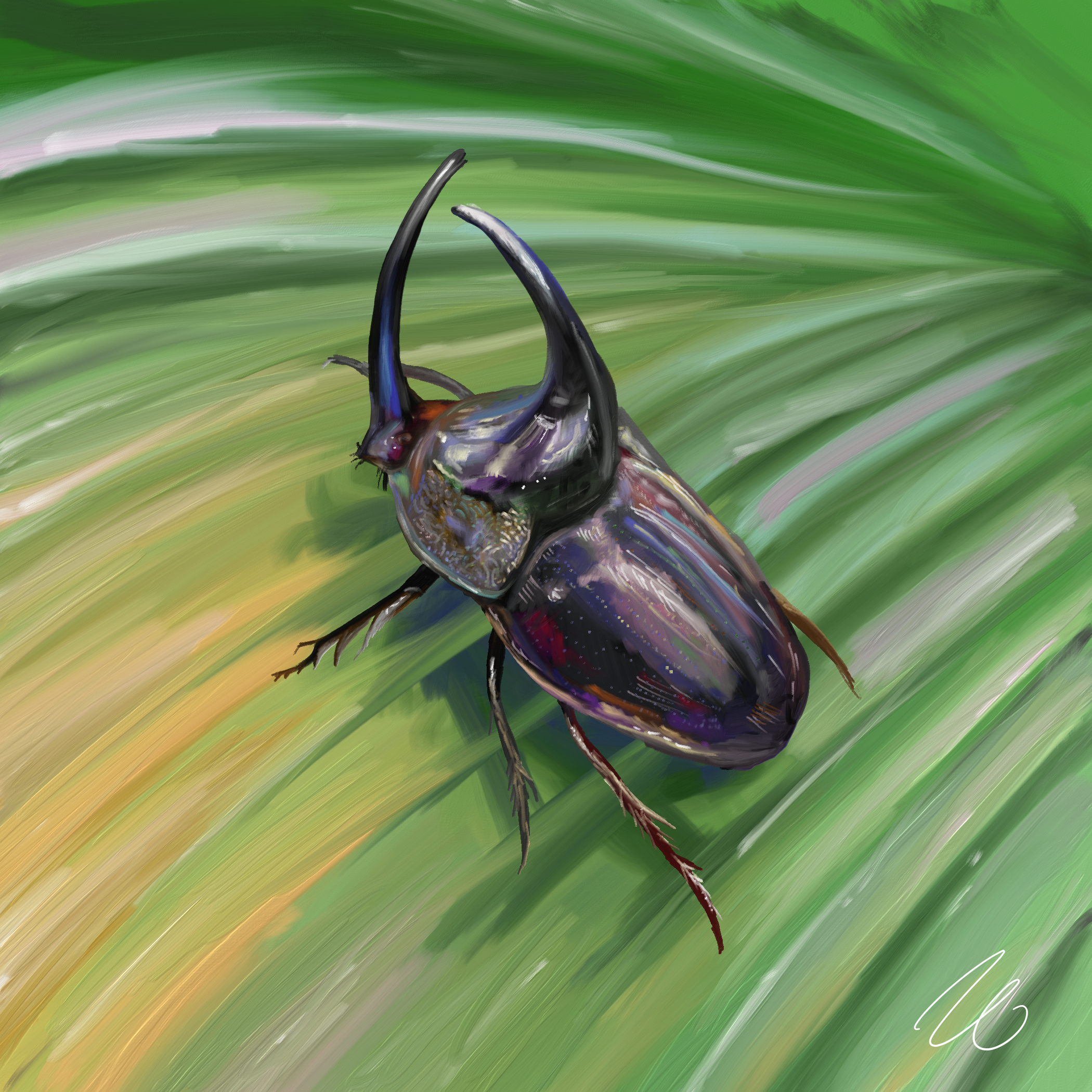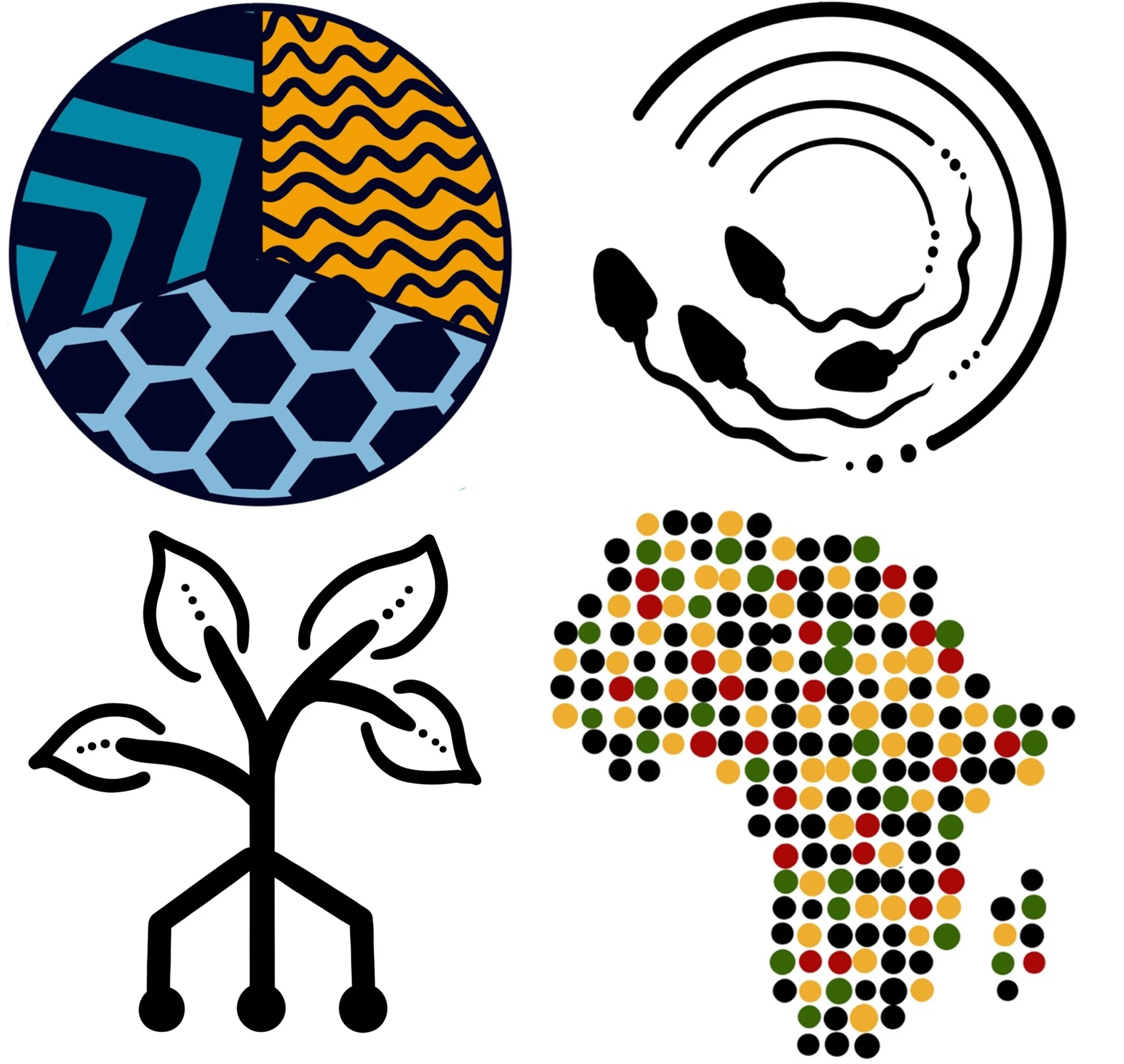Science is better when it’s pretty
Using art and design to communicate science
Scientific illustrations
Making science entertaining and memorable.
Artwork
What I create in the early hours.
Logo design and branding
Capturing the essence of your venture to be memorable and eye-catching.
Portfolio
If you like what you see, please reach out.
I am always open to new opportunities and challenges (of all shapes and sizes).









